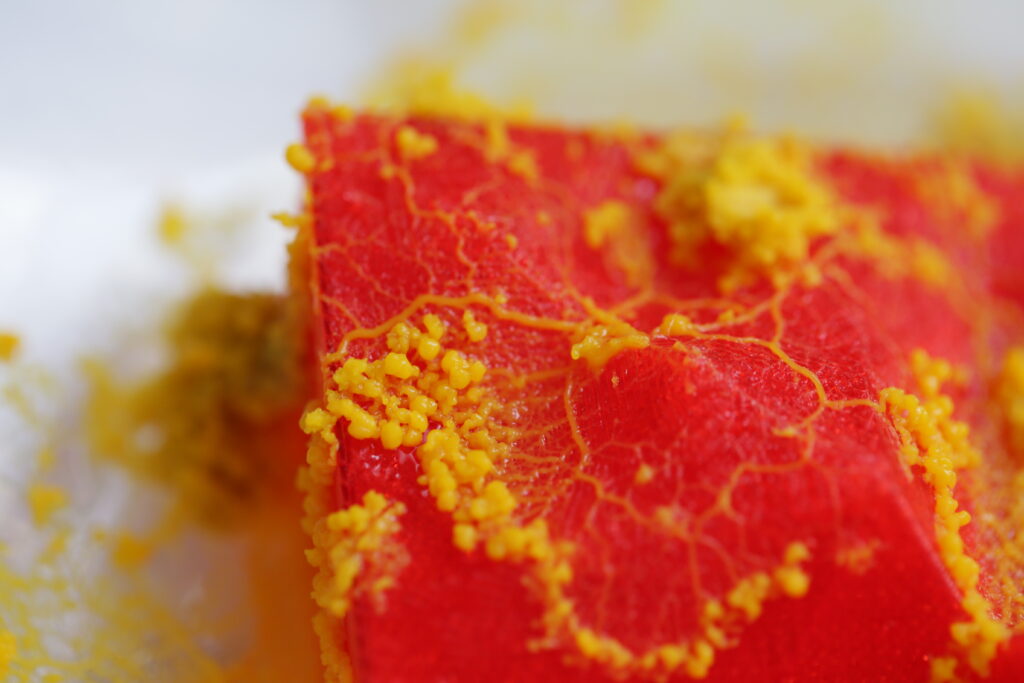Drawings, 3D Print, Photographs

2023
This project aims to examine the behavior of the slime mold Physarum polycephalum and utilize its conscious and continuous movement. In the project, firstly, cube and rectangular forms, which are made of agar, are used to observe how slime mold reacts to different shapes. The idea of the project is to take Physarum polycephalum as a possibility to create an experimental architectural structure. The project is also speculatively aimed to give space to Physarum polycephalum to live in, just like how humans live in dwellings. physarum polycephalum cells are known to prefer upright structures, like tree branches and plants, and tend to grow upward until they can reach a food source, leaving behind a trail of dead cells. As they age, they become bigger and bigger. Human beings have a tendency to welcome “attractive” parts of nature in their life in indoor and outdoor spaces. They do this by creating solutions for building a relationship between nature and human-made structures. But what if we think about giving living organisms a place to maintain their life and use architecture as a tool for them? This project speculatively approaches “architectural solutions” for Physarum polycephalum and considers them as a “resident”.
Betül Peker is a Weimar-based interior architect. For her first master’s degree, she studied interior architectural optimizations for extreme environmental conditions. She is currently pursuing a second master’s in Media Art and Design, working on multidisciplinary projects. Architecture, human, non-human relations, living beings are among her main interests.